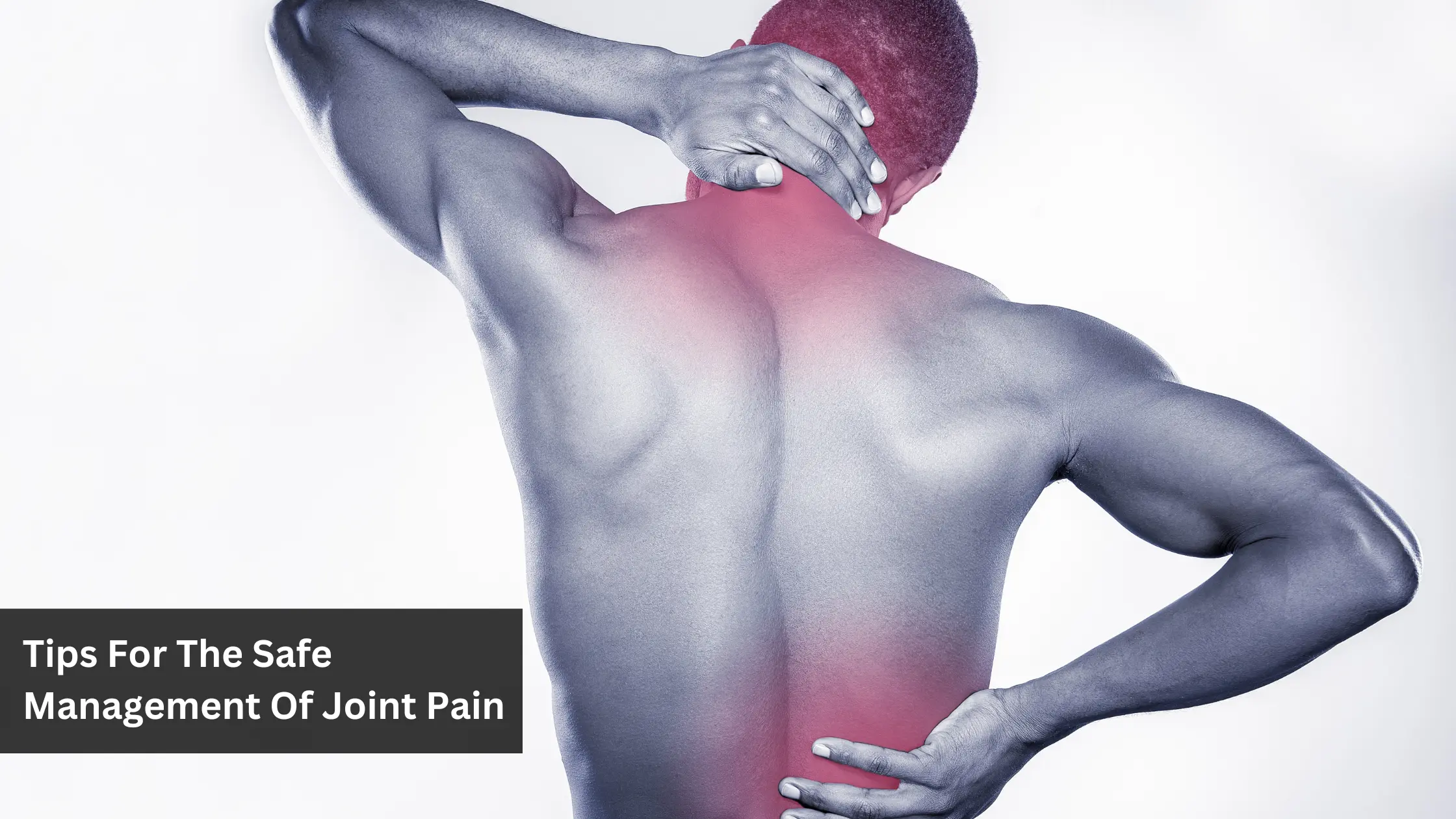Our joints are amazing! They allow us to move our bodies in so many different ways and support us as we go about our daily lives. Unfortunately, sometimes our joints can hurt for one reason or another. Joint pain can be caused by a variety of things, including arthritis, injury, and even just everyday wear and tear.
Tips To Ease Joint Pain
Joint pain can be extremely debilitating, making it hard to do even the simplest tasks. If you’re dealing with joint pain, there are a few things you can do to help ease your discomfort. We got 5 tips for the safe management of joint pain.
Do It All To Maintain A Healthy Weight
Maintaining a healthy weight gives one more advantage, and that is managing joint pain. When we are overweight, our joints bear the brunt of our extra weight, leading to pain and inflammation. By maintaining a healthy weight, we take the pressure off our joints and help keep them healthy. Additionally, research has shown that being overweight or obese increases the risk of developing osteoarthritis, so maintaining a healthy weight is important for joint health.
Be On The ‘Move’ (But wisely)
Yes, though joint pain will make it difficult for you to move but still allow gentle movement of your joints. Movement is essential for healthy joints. When you move, it helps to lubricate your joints and keep them limber. It can help reduce the pain you’re feeling.
Of course, you want to do just what is necessary. If your joints are already painful, then too much movement can aggravate them. But moderate exercise is still important. It’s best to talk to your doctor or a physical therapist about what exercise is right for you. They can help you create a plan that will be both effective and safe.
There are other ways to keep your joints moving besides exercise. You can also try some simple range-of-motion exercises at home. Moving your joints through their full range of motion can help keep them healthy. And if you’re dealing with pain, these exercises can also help to release tension and loosen up stiff muscles around the affected joint.
Massage With Herbal Oils or Gels
There are many benefits to using herbal oils or gels for massage therapy. Herbal oils can help to improve circulation, increase flexibility and mobility, and reduce pain. They can also help to detoxify the body and improve overall health.
Gels are often used in conjunction with massage therapy to provide a more targeted approach to pain management. You can experience significant pain relief and improved health by using herbal oils, especially from Yogic Naturals.
Use Hot & Cold Therapies
Hot and cold therapies can be extremely helpful for managing joint pain. By alternating between hot and cold, you can help reduce inflammation and swelling while also numbing the area to help with pain relief.
One of the best things about using hot and cold therapies is that they are relatively easy to do at home. All you need is a heating pad or ice pack (or even a bag of frozen peas!), and you can alternate between the two.
If one or the other isn’t working as well as you’d like, you can also try combining the two therapies by using a heating pad followed by an ice pack or vice versa. Experiment until you find what works best for you!
Use Pain Relievers & Consult The Doctor Too
When it comes to pain relief, there are a lot of options available. But which one is right for you? The answer may surprise you. Pain relievers are a great option for many people, but they should be used cautiously. Here’s what you need to know about pain relievers and when to consult your doctor.
Pain relievers are popular for pain relief because they’re generally safe and effective. But there are some risks involved with using them. The most common side effect of pain relievers is gastrointestinal bleeding. This can happen when you take too much medication or have an ulcer or other condition that makes your stomach more vulnerable to bleeding. If you experience bleeding, stop taking the pain reliever and call your doctor immediately.
If you’re considering using a pain reliever, talk to your doctor first. They can help you weigh the risks and benefits and determine the right choice.
Try following these five tips to manage your joint pain wisely.





